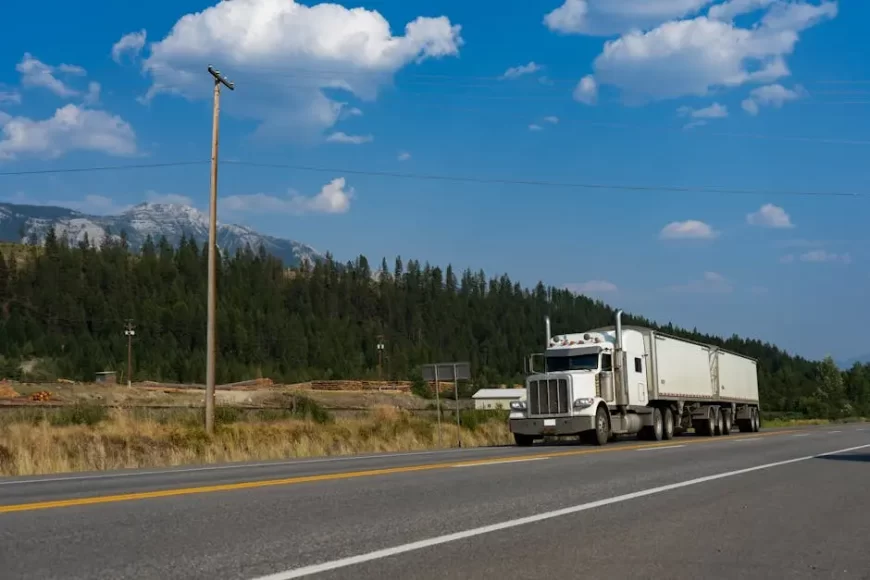- May 2, 2025
- By
- In Uncategorized
- 12
- 0

Towing is an intricate process that varies significantly depending on the type of vehicle involved. When it comes to semi truck towing, the differences from regular towing are substantial. In this FAQ blog, we’ll break down these differences, providing a clear understanding to equip you with the knowledge you need.
Semi truck towing involves moving large commercial vehicles using specialized towing equipment. This type of towing addresses the challenges inherent in handling vehicles that are much larger and heavier than regular cars.
These trucks are often part of fleets responsible for transporting goods over long distances. Hence, when they encounter mechanical issues, quick and efficient towing is vital to minimize downtime and restore logistical flow.
In many cases, semi truck towing is essential when breakdowns occur in remote locations, ensuring that these heavy-duty vehicles reach the nearest repair facilities safely.
The equipment needed for towing a semi truck is more robust and specifically designed to handle heavier weights. For instance, heavy-duty tow trucks equipped with powerful winches and extended reach capabilities are commonly used.
Some heavy-duty tow trucks feature integrated rotating cranes, which provide better maneuverability in tight spaces. This feature is particularly valuable when recovering vehicles from precarious positions.
In contrast with light-duty towing that primarily involves flatbeds or small wheel lifts, the construction of heavy-duty towing trucks emphasizes structural strength to deal with the bulk of semi trucks efficiently.
Operators towing semi trucks require a higher level of skill and training due to the complexities involved. Understanding the physics of larger loads and maintaining control during towing are critical for ensuring safety.
Special certifications may be necessary for operators to legally manage such tasks, reflecting the advanced understanding needed to handle towing equipment and navigate diverse road conditions.
The potential risks involved in semi truck towing are considerably higher, therefore, precision and attention to detail become imperative to prevent accidents and equipment damage.
There are stricter regulatory requirements and safety standards in place for semi truck towing. These include specific licensing for operators and adherence to interstate safety regulations and guidelines.
Agencies overseeing commercial vehicle transport have detailed protocols to ensure that towing operations do not compromise road safety. Compliance helps in avoiding legal issues and ensures operator accountability.
The adherence to such regulatory standards ensures an industry-wide commitment to road safety, especially as these operations often intersect with busy highways and urban roads.
Semi truck towing is often necessary during breakdowns, accidents, or when logistics require repositioning of these massive vehicles. Quick and efficient towing helps minimize disruption and ensures roads are cleared safely.
In certain scenarios, scheduled relocations also necessitate utilizing semi truck towing services, especially when logistics demand precise timing and coordination.
During adverse weather conditions, such as heavy snow or storms, towing companies play an essential role in maintaining logistical networks by rescuing stranded vehicles.
Understanding the differences between semi truck towing and regular towing can help prepare you for situations involving larger vehicles. Whether it’s the equipment, expertise required, or regulations followed, being informed can make all the difference. For professional assistance, visit our homepage for reliable towing solutions.